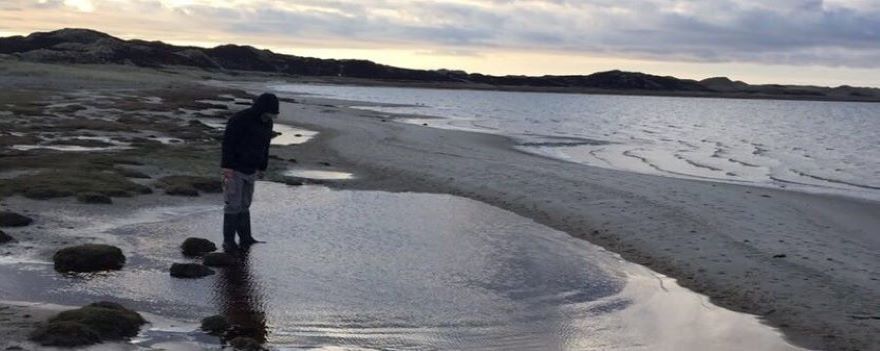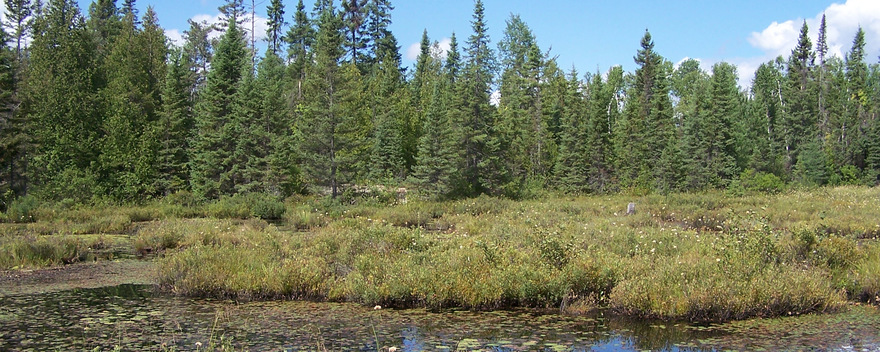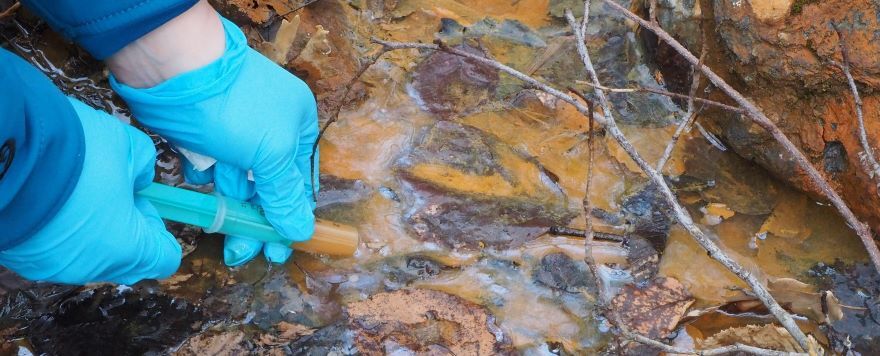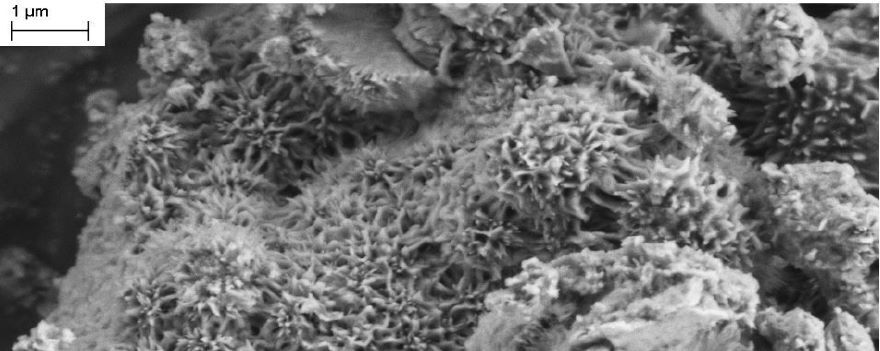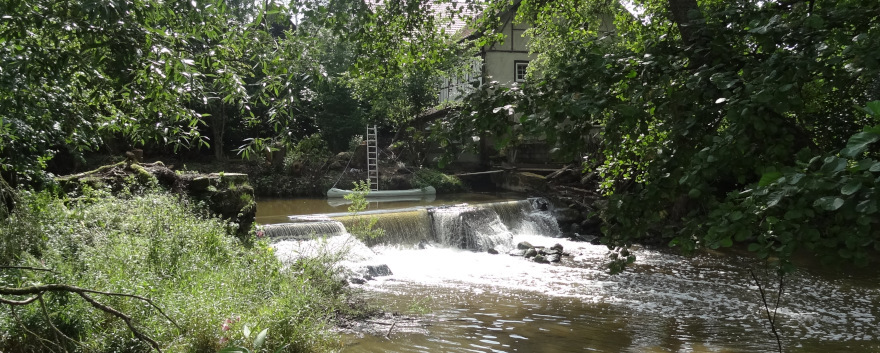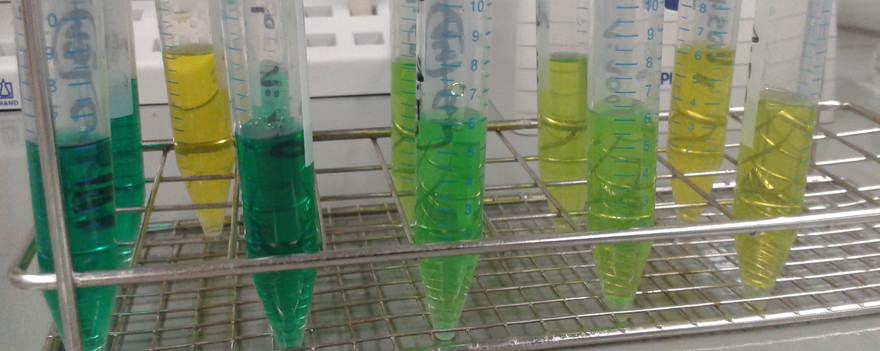Welcome to Hydrology!
The main focus of research at the Department of Hydrology is the investigation of processes at the interface of groundwater and surface water. This interface is of fundamental importance for numerous processes affecting the quality of surface waters (streams, lakes) as well as groundwater as the two aquatic systems possess different chemical and physical properties. This interface offers ideal conditions for an efficient biological degradation of nutrients and contaminants, meaning that processes at the interface between surface and groundwater contribute considerably to nutrient cycling and buffer capacity in aquatic ecosystems.
The department conducts field, lab and modeling investigations that focus on gaining a quantitative process understanding of aquatic systems and address questions of performance and efficiency of matter processing but also vulnerability of aquatic systems, resulting from climate change or anthropogenic influences in general. The overarching goal is to obtain a better understanding of the coupling of physical and biogeochemical processes that control the cycling of matter and energy at the interface of surface waters and groundwater.
The Limnological Research Station is part of the Department of Hydrology.
We have four closely linked research priorities:
Recent Publications:



